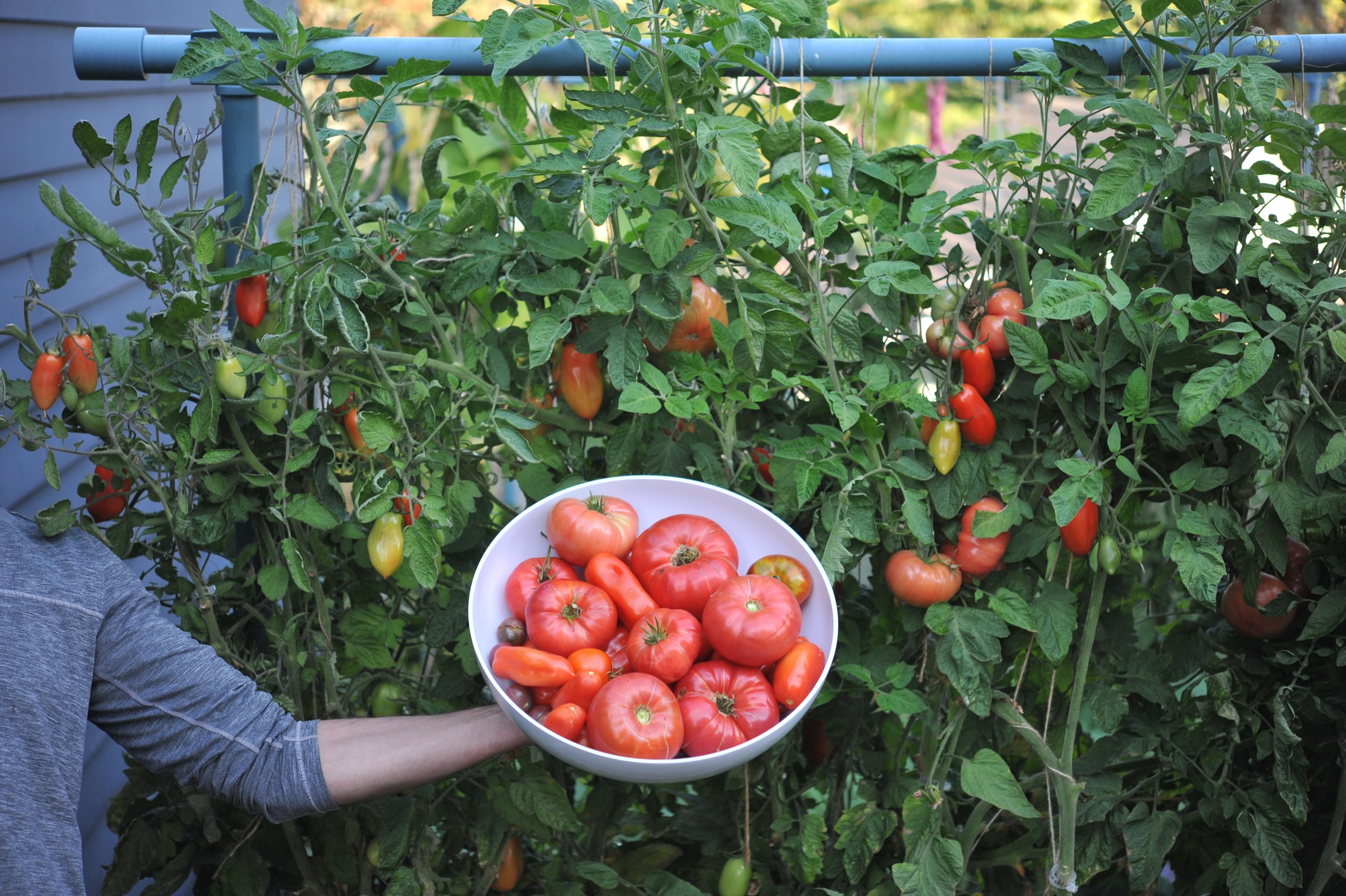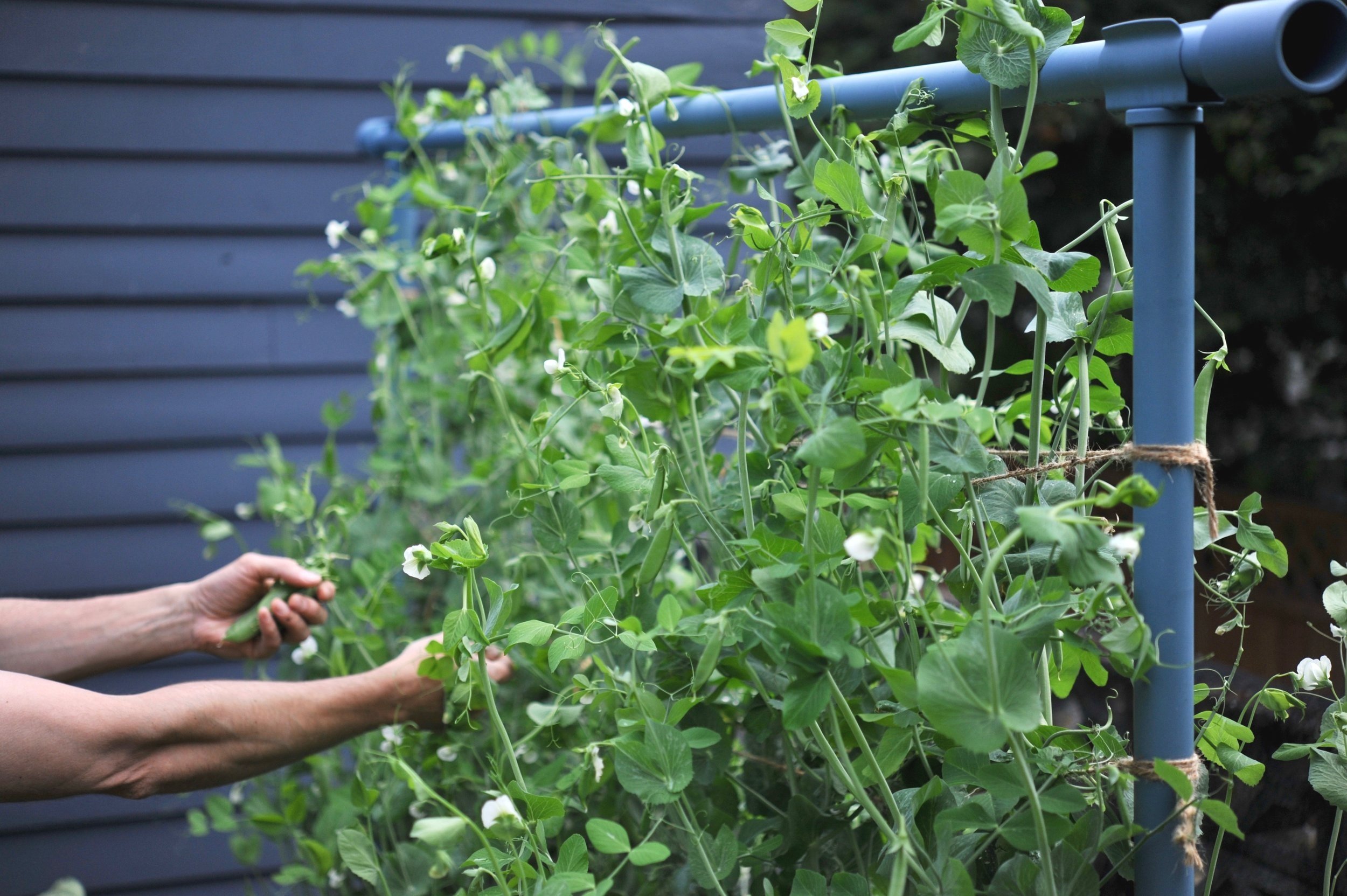Blossom end rot can be an incredibly frustrating challenge for any vegetable gardener. There is something particularly upsetting about watching a perfectly healthy-looking plant produce damaged and rotten fruits! Fortunately, blossom end rot can be avoided and, once in process can often be overcome.
HOW TO LISTEN:
Listen right now in your browser by clicking above.
Subscribe in iTunes (or your favorite podcast player) to have our podcasts sent directly to your device.
SHOW NOTES:
In this episode, we discuss:
What causes blossom end rot
How to spot blossom end rot
How to prevent and treat blossom end rot
Important Take-aways:
Blossom end rot can occur on a range of fruits, but is most commonly seen on tomatoes, peppers and eggplant.
Blossom end rot is the result of a lack of calcium in the fruit tissue. Calcium is vital for the development of strong cell wall in plants and is especially important to fruiting crops. This calcium deficiency can be caused by a lack of calcium in the soil or by the plant’s inability to effectively absorb calcium from the soil.
There are a few simple ways to prevent and/or reduce the impact of blossom end rot in the garden (most of these things you should be doing anyways!):
Soil pH: Check the pH of your soil. Proper pH range for most fruiting vegetables is between 6.3 and 6.9. Maintaining the proper pH will help crops absorb nutrients from the soil.
Consistent watering: Maintain even watering cycles through the season. Most often, blossom end rot is a result of water stress which disrupts the plant’s ability to draw calcium up from the soil. Keeping the soil adequately and consistently moist can eliminate this problem.
Bone Meal: If your garden is on a consistent watering schedule but your still having issues, you might want to add bone meal to your soil. Bone meal, known primarily for its supply of phosphorus, but also supplies calcium. Bone meal feeding supplements are a long-used tool to prevent blossom end rot in long-season fruiting crops.
Dolomitic lime: Dolomite lime supplies both magnesium and calcium to the soil (in addition to adjusting soil pH). If used in high doses or too frequently, it can lead to nutrient imbalances in the soil, but it can also be highly effective in supplying fruiting crops with adequate calcium to support healthy fruit production.
Like what you hear? Please share our podcast with a friend. Subscribe on iTunes or your favorite podcast player so you never miss a beat. And we'd really appreciate you showing us some love by leaving a rating and review on iTunes.
Have a topic you'd like see us dig in to? Leave us a note in the comment section below or #EBpodcast on Instagram and Twitter!
We need your support to keep make fresh, quality weekly content! Support us here:













